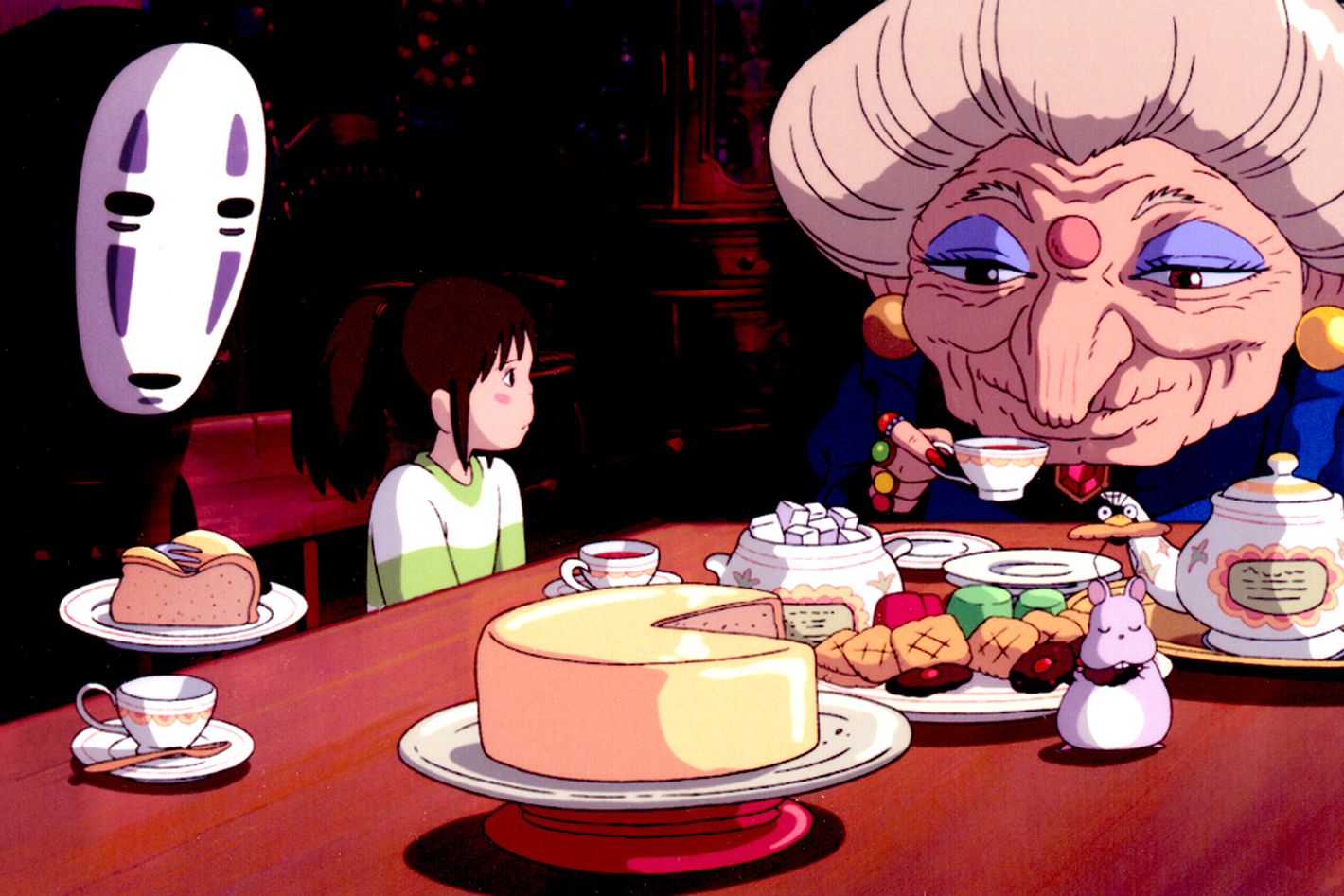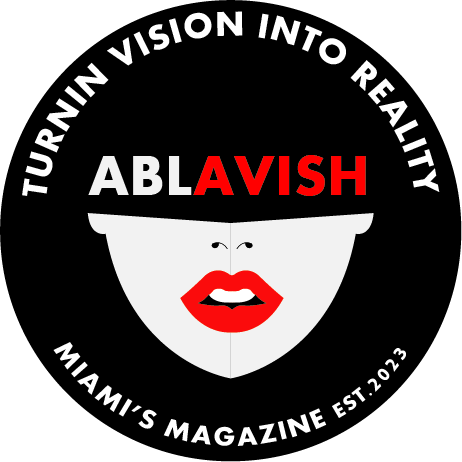Only Hayao Miyazaki Should Be Allowed to Turn People Into Pigs


Loving Studio Ghibli films means loving Hayao Miyazaki. And loving Miyazaki means appreciating the detailed work of the team of Japanese animators hand-drawing the vast majority of what viewers see in films like My Neighbor Totoro and Howl’s Moving Castle. Every sizzling egg or faint blush or bizarre new creature comes directly from someone’s body — a sore wrist, a cramped forearm. Miyazaki once wrote in a memo regarding his film Porco Rosso, in which a cool pig fights fascists, that “we must treat every character respectfully. We must love their foolishness. One common mistake — the belief that to draw a cartoon is to draw someone sillier than oneself — must be avoided at all costs.”
What doesn’t come from the natural world is the hollow AI-inspired art making its way around Twitter. On March 25, Sam Altman, the CEO of OpenAI, shared an extremely cursed image of himself and fellow OpenAI scientists Gabriel Goh and Prafulla Dhariwal as Ghibli-esque, uh, tech guys.
this was a real labor of love from @gabeeegoooh. congrats gabe; excellent work!
here is what we generated during the livestream: pic.twitter.com/fmHWp4d9AF
— Sam Altman (@sama) March 25, 2025
Altman’s announcement, just two weeks after he announced OpenAI had written a piece of not very good short fiction, is especially harrowing because he claims the implementation of images into ChatGPT is a “labor of love.” There’s no doubt that these guys created this tool because they love the look of Studio Ghibli films, but there’s no trace of respect or admiration for the filmmaker who introduced them to these images. Now, anyone can ask ChatGPT to Ghibli-ify any image, cheapening a visual art form that would have once — and still does — taken hours and hours of work.
Miyazaki has never been shy about his disdain for computer animation or AI art. Though the former has made its way into a few of his films since Princess Mononoke, the director decried the latter in no uncertain terms in a 2016 episode of NHK’s documentary feature on him. “Whoever creates this stuff has no idea what pain is whatsoever. I am utterly disgusted,” he said. “If you really want to make creepy stuff, you can go ahead and do it. I would never wish to incorporate this technology into my work at all. I strongly feel that this is an insult to life itself.”
In the clip, Miyazaki seems neither outraged nor indignant, simply exhausted and annoyed. An OpenAI spokesperson told 404Media that the goal “is to give users as much creative freedom as possible.” Users do have creative freedom — freedom to learn to draw, animate, write, score, or direct their own projects. The dilution of the Studio Ghibli style does not merely go against the initial ethos of Miyazaki’s work; it infects all other forms of art that surround it.
Before Miyazaki started Studio Ghibli with Isao Takahata, the two met in the trenches of union organization with the Toei Doga animation studio. During the 1960s, they fought for shorter work days and advocated for better pay — the types of labor strides now being negated by AI in just about every workforce. Being pro-labor and pro-AI is incompatible, as AI devalues the work that actual workers do, making them less valuable to the market and easier to underpay going forward. Though Studio Ghibli itself has had its share of labor issues in the present day, the studio was built on progressive, pro-labor politics.
Pain is inherent in Miyazaki’s work, both physical and emotional, and that’s part of what makes it resonate across decades. But the pleasure of the OpenAI generated is instantaneous and intoxicating. People are making memes. People are transforming their family photos. People are re-creating historical photos. The official White House Twitter account is doing something, well, ghoulish and inexplicable. What the images capture are the more adorable aspects of the Miyazaki style: round faces, bright eyes, earnest expressions of joy. (Even a despairing, smoking Ben Affleck has been rendered to its cutest possible potential.) The speed at which the OpenAI Ghibli images are flying around suggests that the fad may burn out sooner than later — the accelerationist tendencies are inherent to the form. See? People have already moved on to the Muppets.
Related

Latest News
For Sale! 2016 Sea Ray 350 Sundancer – $180,000
Reel Deal Yacht is pleased to feature a meticulously maintained 2016 Sea...
Daniel Cirado Steps Down from Miami Design Preservation League
Daniel Ciraldo Steps Down: A New Chapter for Miami Design Preservation League...
A Conversation with the Stars of Sailing La Vagabonde
The Evolution of Social Connections Among Cruisers: How Apps are Transforming Sailing...
Ohtani’s walk-off homer boosts Dodgers to 8-0 with another comeback win
Shohei Ohtani met the moment again, and his latest theatrics have the...
Nathan Ordaz scores, LAFC blanks Leo Messi and Inter Miami 1-0 in 1st leg of CONCACAF Champions Cup
Nathan Ordaz scored in the 57th minute, and Los Angeles FC kept...














Leave a comment